
5"Be consistent. Your dog won’t understand what you want from him if his environment lacks consistency. Everyone who lives with your dog should understand and be on board with his training goals. For example, if you are training your dog not to jump on people, don’t let the kids allow the dog jump all over them. This will undermine all the training you’ve done.
'Make sure everyone uses the exact commands your dog learns in training. He doesn’t speak English, and can’t tell the difference between “sit” and “sit down.” Using those terms interchangeably will only confuse him.
'Because he won’t make a clear connection between a single command and a single action, his response to the command will be hit or miss.
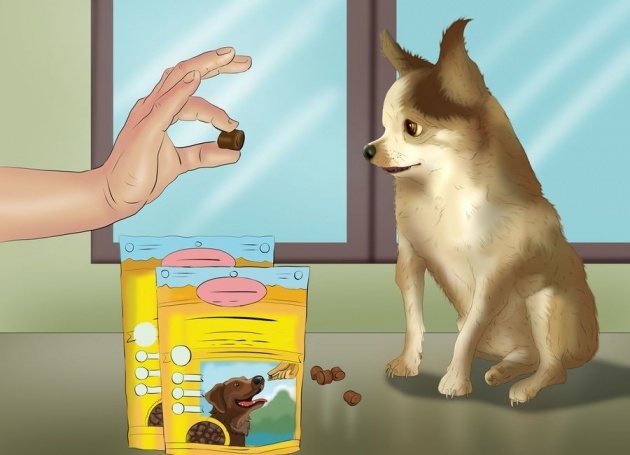
2"Always reward success and good behavior with praise, and sometimes a small treat. Small treats help motivate your dog to learn his training. The treat needs to be small, tasty, and easily chewed. You don't want it to interrupt the training session or make them full too quickly.
'Consider how long it takes to chew a hard treat versus a semi-moist treat like “Bill Jack” or “Zuke’s Mini Naturals.” Treats about the size of a pencil eraser head are enough to get the positive point across, but don't have to wait long for your dog to eat it.

3"Use "high value" treats when needed. When teaching difficult or important a command, use a “high value” treat to raise the stakes for him. Examples include freeze-dried liver, roasted chicken breast chunks, or slices of turkey lunch meat.
'As the dog learns the command, phase out the high value treats and bring them back as needed to advance your training. But always give him praise.
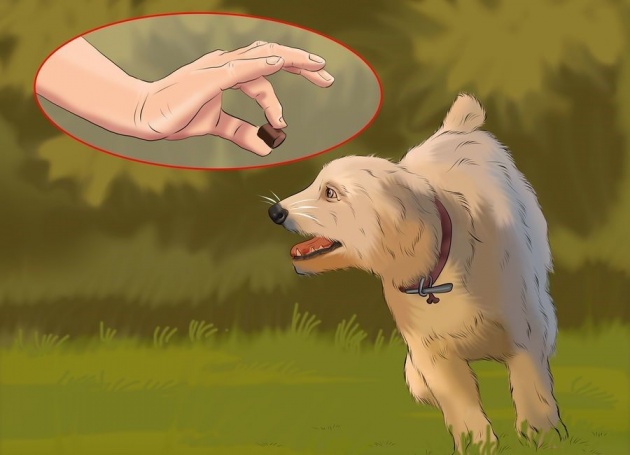
4"Train on an empty stomach. Don't feed as large a meal as usual a few hours before training your dog. The more your dog wants the treat, the more focused he'll be on the task he needs to perform to get it.

5"Always end training on a positive note. Even if the training session did not go well and your dog didn't catch on to a new command, end on something that you can praise him for. By ending the training session with a command he's already mastered, the last thing he remembers will be your love and praise.
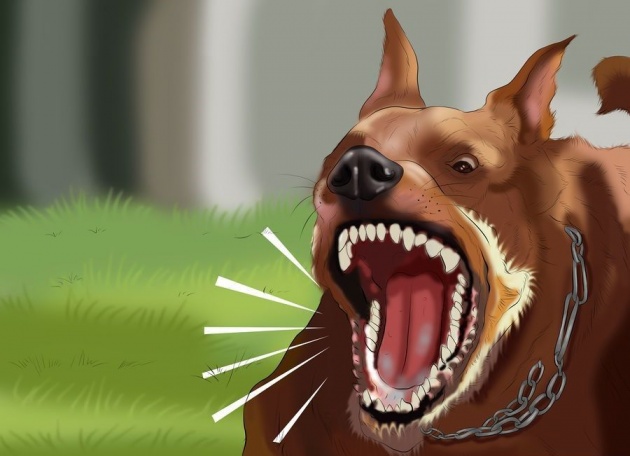
6"Discourage barking. If your dog barks at you when you don't want him to, just ignore him until he stops, and then reward him with praise. Sometimes they bark at you for attention, while other times it may be out of frustration.
Do not throw a ball or toy. This only teaches him that if he barks, he'll get you to do something he wants.
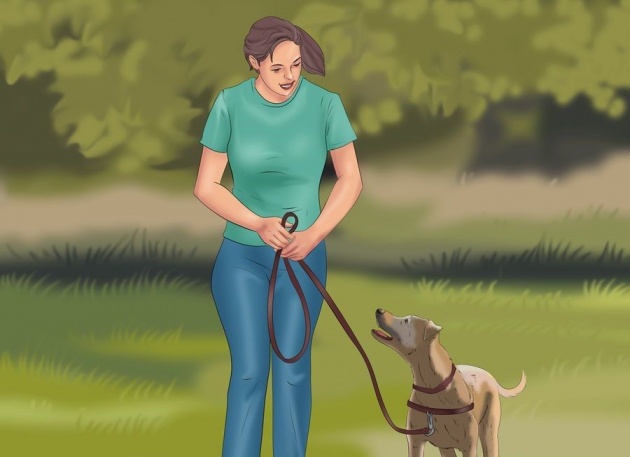
7"Take your dog on regular walks with a leash. This is important not just for training, but for his physical and mental health. Depending on what breed of dog you have, he may need a lot of exercise to keep him happy and in shape.
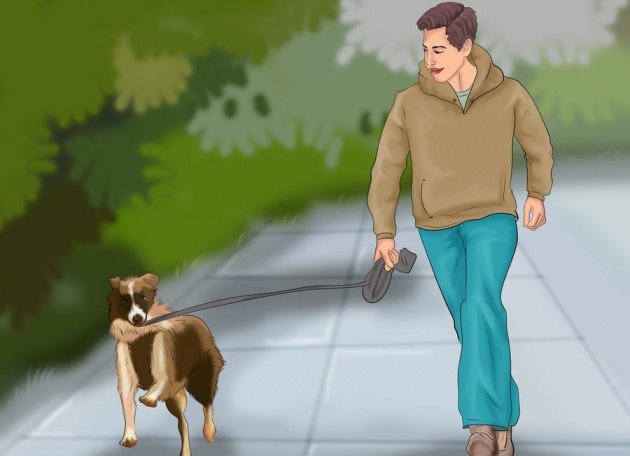
8"Discourage pulling. Most dogs will pull on the leash when they're learning to take walks. When he starts pulling, stop immediately. Don't take another step until the dog comes to your side and focuses his attention on you.

9"Change directions. An even more effective method is to walk in the opposite direction and encourage your dog to come with you. Once he's caught up, praise and treat him.
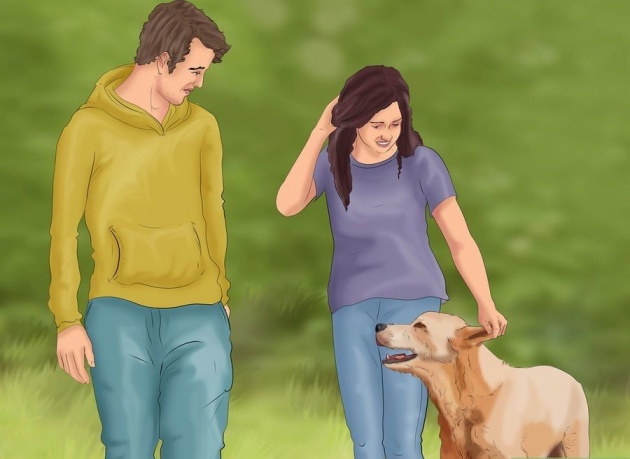
10'Pair the behavior with a verbal command. Once the dog walks consistently at your side, you can give the behavior a name, like “heel" or “let’s go.”



